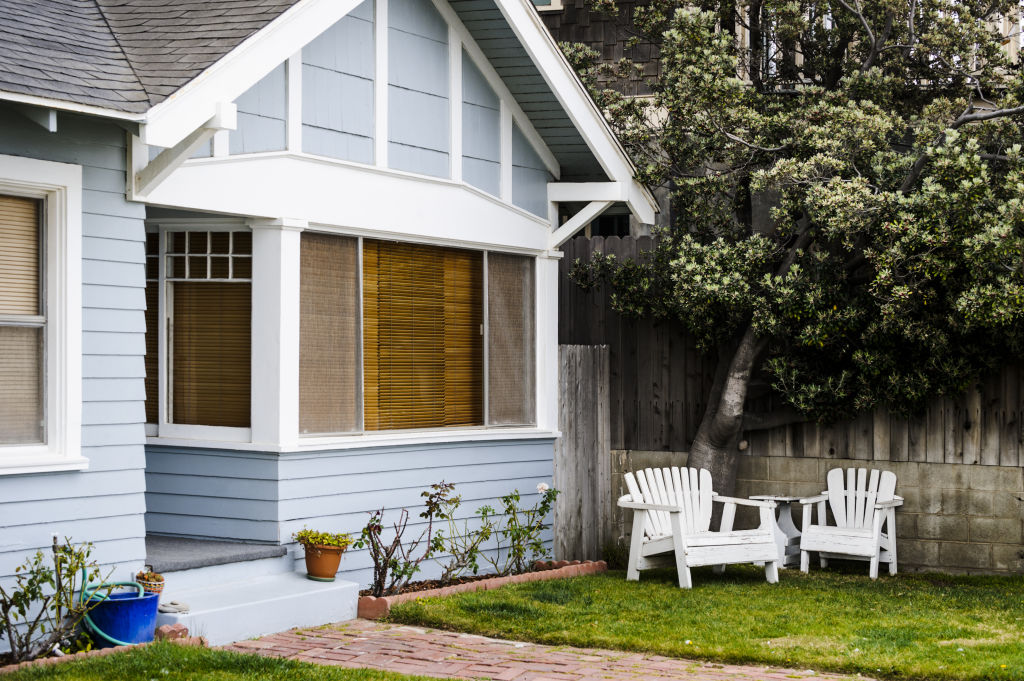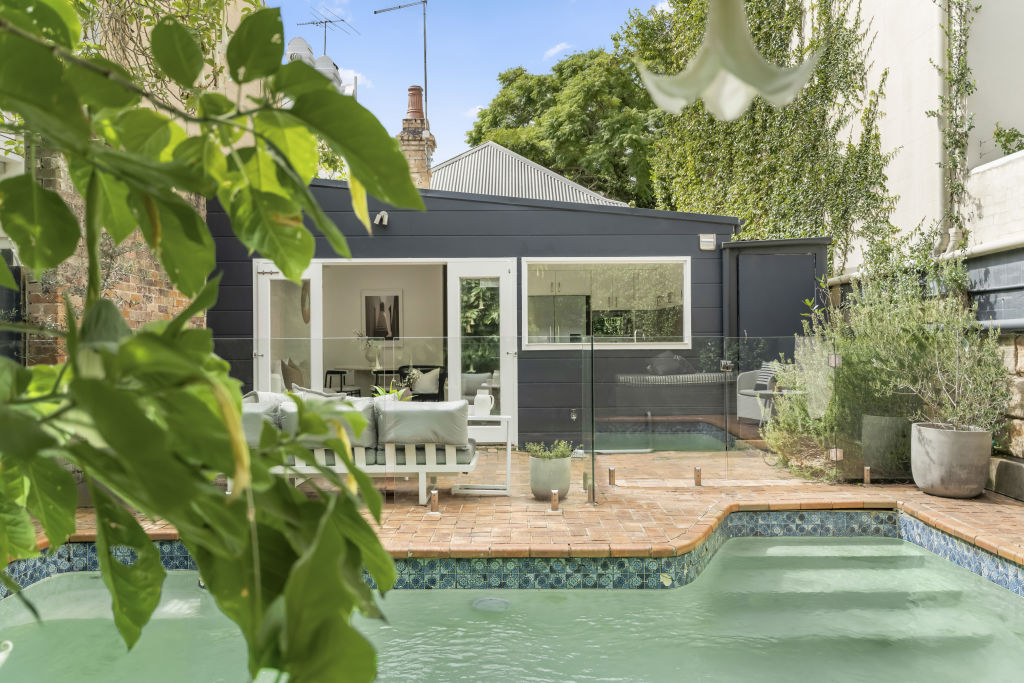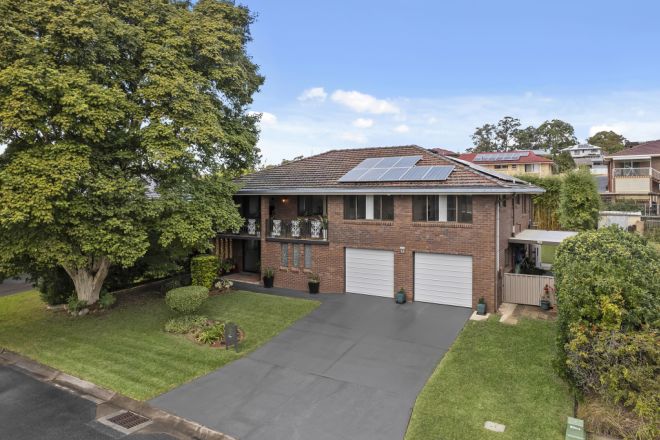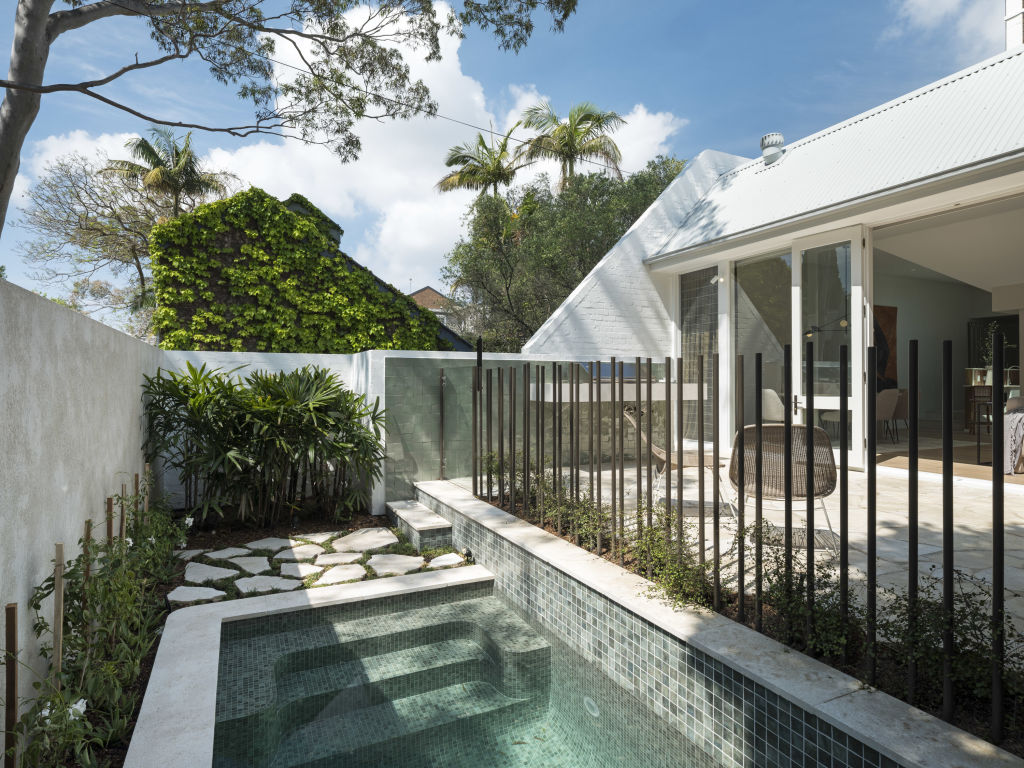A recent Domain article shares Buyers Agent Lauren Jones’ insights into the building industry and home renovation costs.
Or read an excerpt from the original:
The cost of home renovation has risen exponentially since the pandemic due to supply chain issues, a massive backlog of demand and a shortage of materials and labour, but it is still seen as a viable option for many home owners when weighed against rising property prices.
Some good news for those struggling to come to terms with how much renovations cost is that, while building costs are still rising, they are not rising as fast as before.
“[Costs are] certainly not going back; they’re still increasing, but perhaps not growing as fast as they once did,” says UNSW Sydney business school professor Peter Swan.

“Nowadays, people certainly think twice about a major renovation” compared to five to 10 years ago, he says.
Brisbane-based buyer’s agent Lauren Jones says the number of people willing to purchase a property that needs renovating has decreased by half.
“Pre-COVID, or even during the COVID boom, when prices weren’t very expensive yet … I’d probably say maybe 30 to 40 per cent [of buyers] were happy to complete some renovations,” she says.
Now, the number of her clients willing to buy something needing renovating has reduced to about 20 per cent.
The uncertainty around pricing is something many buyers aren’t willing to face, she says, adding: “A lot of people don’t want to undertake renovations.”
In the December quarter of 2023, Australians spent more than $2.7 billion on alterations and additions to their home, according to Australian Bureau of Statistics data.
This was an 8.1 per cent decrease from the previous quarter and a 7.4 per cent decrease year-on-year. However, it’s still much higher than the December 2019 quarter, in which Australians spent more than $2.2 billion.
How much have renovation costs increased?
Melbourne-based interior designer Lauren Tarrant says that, during the pandemic, the labour shortage pushed prices up, and projects took longer to complete because fewer tradies were available.
Now, she says, “in terms of products like stone, tiles, windows and all those things, I feel [prices] have normalised quite a bit, however labour costs have still gone up … it’s definitely what has gone up the most for me”.
Brisbane renovation specialist Kieran Lewis of JDL Constructions says the average cost of a renovation pre-pandemic was about $3000 to $3500 a square metre. That price is now $4000 to $4500.

Lewis also says the main driver behind the price increases in his business has been the cost of labour, and overseas materials also continue to be very expensive.
“Timber pricing went through the roof during COVID and has come down and stabilised a lot,” he says. “It’s still more expensive than pre-COVID, but that’s settled down.
“Concrete and plasterboard and cabinetry materials have continued to incrementally increase. Concrete, pre-COVID, we were paying less than $200 a cubic metre. Now we’re up at $250 to $275 a cubic metre.

“But I think the biggest thing that’s changed is labour, which has been the biggest driver of cost. Our carpenters, pre-COVID, were [being paid] $30 to $35 an hour, roughly, on wages. We’re now sort of $40 to $45.
“I think the prices have definitely stabilised, but they’re still very high.”
Is it still expensive to renovate?
According to Suncorp Bank lending data, the average renovation in Australia costs about $63,118, but the price for renovation can fluctuate significantly depending on the extent of the renovation and the type of materials being used.
“Any large structural changes is where you’re going to spend most of your money,” Tarrant says.
“Changing floor plans, extensions, basements and pools are your big-ticket items that, if people want to save money, they stay away from. Even going to council for any changes will cost you more money.
“If you’re just refreshing with new finishes, say, joinery, carpet or beautiful lighting, you can do that quickly, and you can buy products that are still in high demand and have that competition, so the prices haven’t increased too much.”

Tarrant says a kitchen renovation is more affordable than people think since the materials required are typically sourced in Australia rather than overseas.
“There is a lot more competition in kitchen industries for renovations, which then keeps the price down,” she says.
Mike Turner, the managing director of kitchen renovation company Nouvelle, can attest to this. He says Nouvelle has kept its prices relatively the same, even through COVID, and so have most of its competitors.
“We get our product manufactured by major manufacturers, and they typically don’t put their prices up for two to three years,” he says. “Our last price increase from a manufacturer was 18 months ago. So because they haven’t put their prices up, we’re not putting our prices up.

Turner says the average price of renovating a kitchen is currently about $40,000, and five years ago it would have been roughly $37,000 to $38,000.
“[Kitchen] prices have gone up in relation to the technology improvements like soft-closing doors and automatic doors, as well as the inflation rate,” he says.
Is it worth renovating in 2024?
Swan says renovating property is a necessary expense when it comes to preserving and adding value to a home.
“Sometimes it doesn’t make sense to sell,” he says.
While the average cost of a renovation is $63,118, it still makes a lot of financial sense considering the median price for a house in Australia is $1,112,575, according to Domain data.
Just the stamp duty alone on a property of that price is in the tens of thousands of dollars – and that’s before actually borrowing any extra for an upgraded home.

“The biggest [construction] price increases have really been over building new homes, more so than all the items you need for renovation,” Tarrant says.
She believes it’s possible to achieve a beautiful result without blowing up costs by doing smaller renovations one room at a time rather than trying to renovate the entire home in one go.

